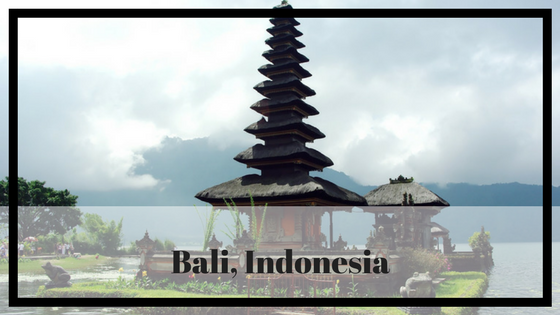While worldwide chains of luxury hotels boast of providing state-of-the-art facilities and modern luxuries, Colonial hotels have withstood the tests of time and echo in their rich heritage, culture and history.
Although the era of British Empire now rests in the distant past, there still remains an enigmatic nostalgia induced by the Colonial hotels which attract a diverse group of ‘the golden era’ aficionados.
Here’s a compilation of the popular colonial hotels in Asia that are as magnificent today as they were back in their heydays.
1. Raffles – Singapore
Raffles was built by the Sarkies brothers in 1887 and is popular all over the world for its literary associations – Rudyard Kipling, Somerset Maugham, Alfred Hitchcock and Ernest Hemingway. Legend has it that all of these great personalities drank at the hotel’s bar.
Raffles fuses an intoxicating blend of colonial design, history and luxury with its classic architecture. The hotel is a stark distinction from the city’s modern skyscrapers and provides six categories of available suites.
2. The Eastern & Oriental - Penang
Another Sarkies Brother’s creation, The Eastern and The Oriental were two separate hotels back in the days brought together in 1885. Now known as The Eastern and Oriental (aka E&O), the hotel is a UNESCO World Heritage Site. E&O is remembered for its white facade embellished by the tropical palms that add to the grandeur of this monument.
The Eastern & Oriental has attracted glamorous British personalities including Somerset Maugham, Noel Coward, Douglas Fairbanks and Rudyard Kipling.
3. Windamere Hotel – Darjeeling
Windamere Hotel offers and bestows the guests with a magnificent skyline of Mount Kanchenjunga.As Windamere Hotel is an authentic British Colonial hotel in India, the place is devoid of the world outside and visitors can certainly relish an undisturbed and peaceful stay.
4. The Strand – Yangon
The Strand in Yangon is one of the purest reminders of the Colonial period as it is the third creation of Sarkies Brothers. The architectural masterpiece quickly became a sensation in all over Asia when it first opened in 1990. This mansion-like property faces straight to the Yangon River and remains true to its architectural past and rich heritage.
5. The Metropole – Hanoi
The Metropole is popular for its Indochina-chic in all over Vietnam. With rigorous refurbishments, this grand dame still embraces its colonial charm with bottle green shutters, Parisian style terrace, and roof-top gardens - all in the backdrop of a white facade. The hotel’s guests include notable names like Charlie Chaplin, Jacques Chirac, Graham Greene and Francois Mitterrand.








